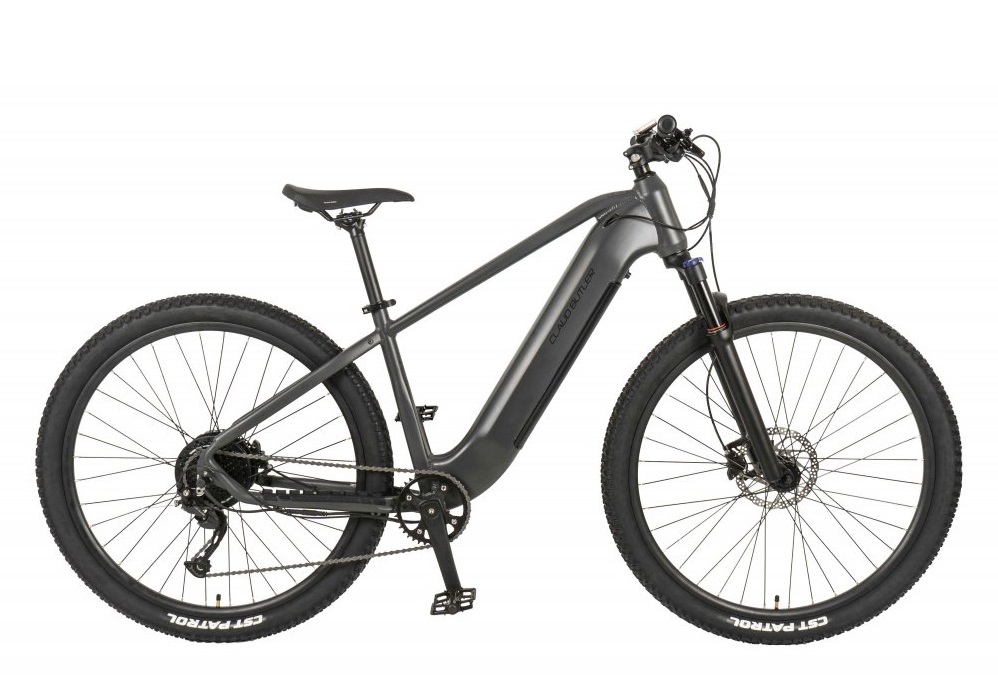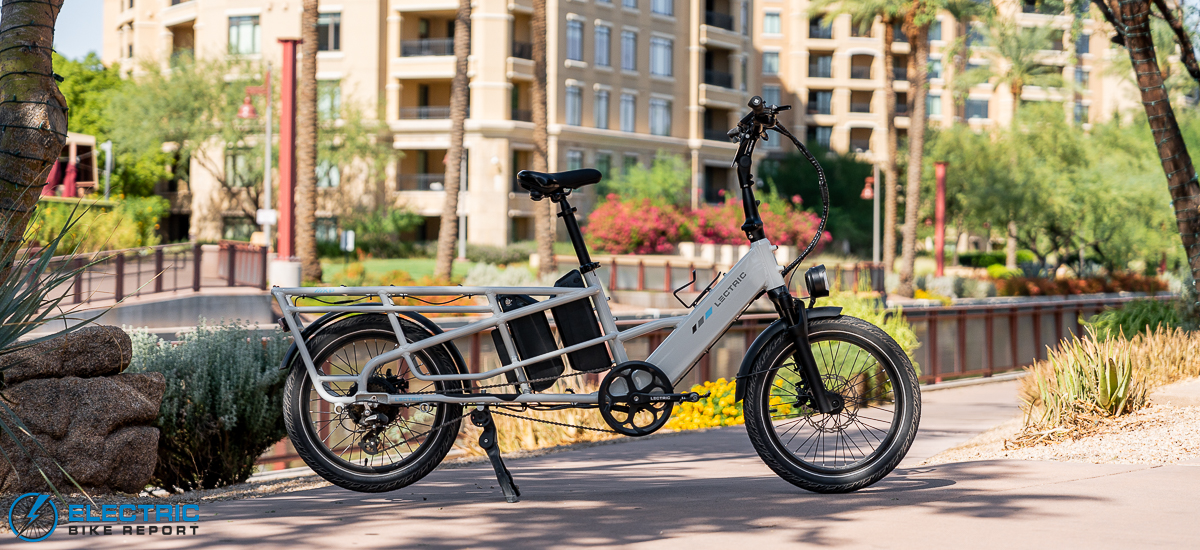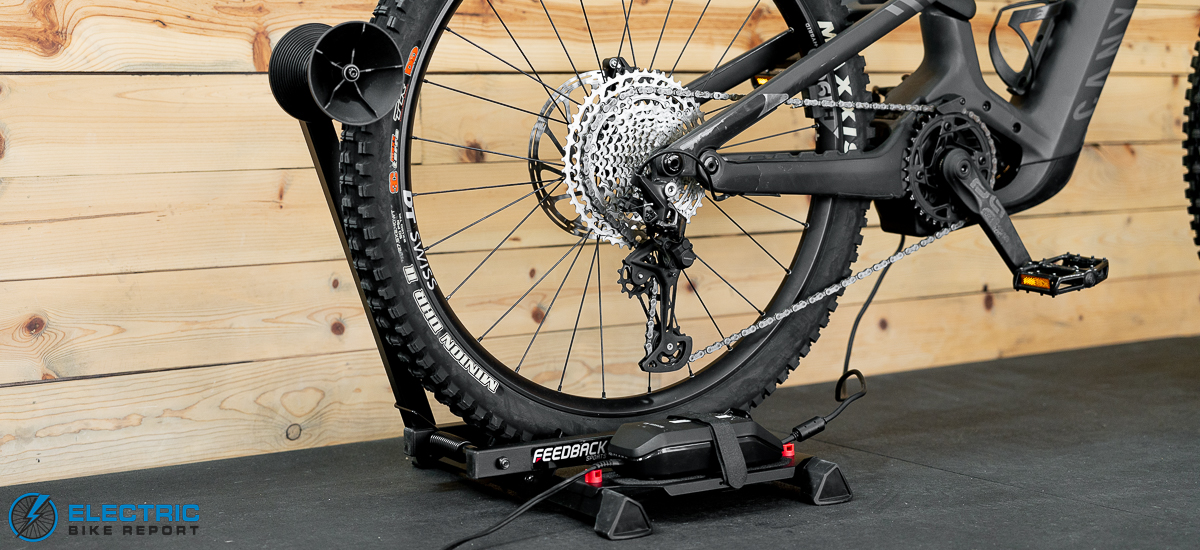
Some links may be affiliate links. We may get paid if you buy something or take an action after clicking one of these.


It used to be that when it came to protection from moisture, like with a wristwatch, we had two rather loose ratings: water-resistant and waterproof. These days those terms have been replaced by a two number system referred to as Ingress Protection (or IP) rating.
What the IP rating system offers e-bike riders is a better understanding of the level of protection we can count on when riding in circumstances that aren’t sunny and dry. It’s a relatively easy system to understand, as you’ll see.
What The IP Number System Means
Protection Ratings Against Dust
0: Does not prevent access or contact from objects.
1: Protects large surfaces of the body (like hands) from making contact. Denies entry of solid objects greater than 50mm.
2: Entry cannot be accessed to hazardous parts by objects such as fingers or solid objects greater than 12.5mm in diameter.
3: Protects against contact with hazardous parts by items such as a tool or thick wire. Denies access from solid objects greater than 2.5mm.
4: Denies contact to hazardous parts from items such as a wire, screw, etc. and offers protection against solid objects greater than 1mm.
5: All hazardous parts are protected from contact. Dust protected.
6: All hazardous parts are protected. Dust-tight.
With protection against dust, it’s easy to see how the level of protection increases on an objective basis. Something with a dust IP rating of 2 offers four times the protection of something with a rating of 1. And a rating of 3 offers five times the protection of a 2.
Generally, what we see with e-bikes is a rating of 5 for dust. That’s because achieving a rating of 6 generally requires that the product be fully sealed, and that’s not possible with an e-bike motor because the bottom bracket (drive shaft) requires an opening in the motor housing in order to extend from the housing.
Protection Ratings Against Moisture
0: No protection
1: Safeguards against vertically-falling water drops.
2: Shields against water drops at a 15-degree angle.
3: Protects against water sprays at a 60-degree angle.
4: Water splashing from any angle is denied.
5: Water jets from any angle will not penetrate.
6: Protected against powerful water jets and heavy seas.
7: Is not affected by temporary submersion in water for 30 minutes at 1-meter depth.
8: Is not affected by temporary submersion in water with depths greater than 1 meter.
9K: Protects against high pressure associated with steam cleaning.
Generally, what we see with moisture protection for an e-bike’s motor and electronics is an IP rating of 4 or 5. While a rating of 5 isn’t common, many Brose motors feature a rating of 5. The difference between 4 and 5 isn’t huge, and while an e-bike rated IP55, that is, 5 on the dust scale and 5 on the moisture scale may seem like an advantage—sealed well enough for a pressure washer—other components, namely the bearings—aren’t sealed well enough to keep out the direct spray of a pressure washer.
An e-bike rated IP54 will meet the needs of e-bike riders in any conditions a reasonable person would be willing to get on an e-bike, and even conditions an unreasonable person might ride. From rain to sand to mud, an e-bike with a rating of IP54 should perform without issue.
What Does an X Mean in an IP Rating?
Similarly, sometimes we see IP ratings of e-bikes shown as a single number, like so: IP4. What this means is that they are listing only the level of moisture protection, same as listing IPx4.
IP Ratings for E-Bikes
Our only word of caution would be if in looking at an e-bike’s specs the manufacturer listed the e-bike’s rating at IP43 or less. That’s not to say that bike shouldn’t be purchased (or ridden), but it would be an e-bike to avoid taking out in wet conditions.
More than anything, seeing a manufacturer list the IP rating of an e-bike shows that they are mindful of industry standards and accurate reporting. That alone is reassuring. What would be cause for concern is if a manufacturer doesn’t give any ingress protection information anywhere on their site. What are they hiding?
Ultimately, this is information that can help inform a purchase, but is not likely to be cause for steering a purchase for or away from a particular e-bike. That said, the best electric bikes typically have a higher IP rating.
Sponsors
Reader Interactions
![]()
![]()






